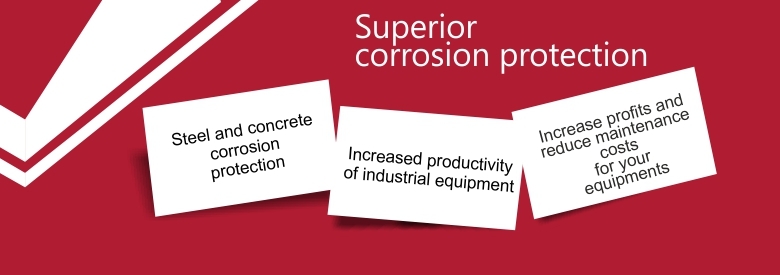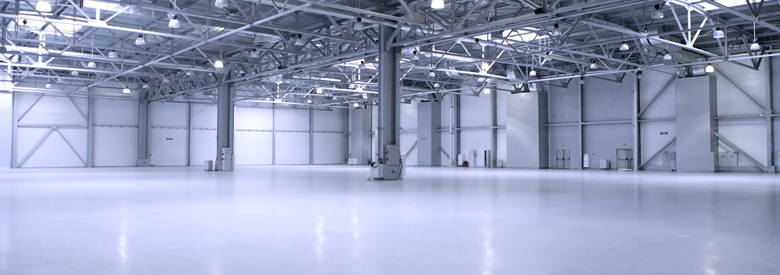Proper inspection of metal surfaces and how to prevent corrosion
Many of the tanks are designed strictly for the installing area, having different shapes, structures and purpose. All tanks require inspection, testing, and regular maintenance, according to the regulations, and the tests were designed to determine the proper functioning of equipment and their life cycle.
Test period settings are influenced by the nature of the substance present in the reservoirs. It is necessary to consult data sheets and specifications of the construction before any action, authorized persons for this situations being specialized inspectors. Otherwise, injuries can occur at work if those responsible do not receive information or required training.
All tanks require periodic inspection in terms of structural, safety and corrosion protection applied in accordance with the provisions of the regulation. It is necessary to prepare reports after each inspection to determine the condition of the reservoir. The report can include photos, recommendations, knowledge of the new rules and conducting tests results. The information obtained should reflect more clearly the current condition and to achieve this you can do a total emptying of the tank and use a robot to inspect the tank when it is full. The regulations in force are based on a preventive behavior, to keep the staff safe and to prevent unauthorized access.
Most reservoirs are built to keep drinking water, water used in fire and waste, different substances such as acids or bases while leading to corrosion of the metal surface. Each of these requires a certain type of inspection:
Drinking water tanks inspection and corrosion control
The building is made by respecting imposed standards because water does not undergo chemical changes. An inspection period is necessary to detect possible irregularities. The problems of contamination are easily solved but are found only in time of inspection. The causes can be: it is not closing properly, malfunctioning fans, failure of plant or holes that lead to rain water penetration, insects, and animals. It is necessary to monitor the level of sedimentation and corrosion, removing them is imperative. Also, for the application of corrosion protection products is necessary to choose those solutions that meet the certifications for drinking water (physicochemical and microbiological hygienic standards) to match even at operating temperatures of over 85 °C (eg ceramic polymers).
Another problem is the water stratification due to temperature, pressure, and pH levels. The temperature should be checked every 0.3 m, to determine if whether stratification can be a problem and to take measures with the implementation of a mixing system.
Tanks with water in case of fire
For these tanks, a periodic review is necessary, as the tanks must be full and work throughout the entire year. The most useful information is provided from water level monitoring systems, alarm systems, jams and low-temperature protection.
Failures can occur following installations blocking with sediment particles after corrosion, corrosion products not implemented properly or ice, and they require periodic cleaning. In addition to temperature monitoring systems, drain valves must be resistant to frost and the rest of the components must be isolated.
Anti-corrosion products and how to prevent corrosion
Anti-corrosion protections are used to prevent corrosion or limit it, but the application must be appropriate, to be inspected periodically and to make replacements, if necessary. The inspection of the tanks, which were applied corrosion protection, are less time made than for those that do not present this measure. In the first version, the inspection is made once in five years and for the second option the inspection is made once in three years.
Each area must be inspected before applying corrosion protection. Wet film thickness should be monitored in the application of products, the procedure being restarted after the surface becomes dry. Temperature plays an important role in the proper application of the products.
Analysis of the structure/ Seismic analysis
Damaged tanks that suffer strong winds or earthquakes requires a modification of the structure. An analysis can provide specific reservoir characteristics, such as seismic zone, the condition of the surface that is place on, the stress being put on, roof construction, design, diameter, height, capacity, and anchorage.
Professional Inspection / Corrosion inhibitor
It is designed to maintain optimal operation, but performing is made by an inspector qualified and experienced in the field, to get more precise information.
B-Team Corrosion Protection can provide regular inspections, corrosion prevention and can offer the best solutions for extending the life cycle of both tanks and other equipment. Control parameters differ depending on the chosen project (visual inspection, roughness, continuity / discontinuity, hardness, weather data, welds, edges, bonding, sandblasting degree) therefore we offer free technical advice before starting the application.













